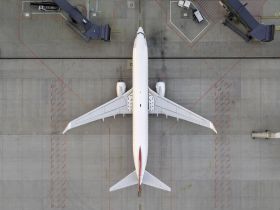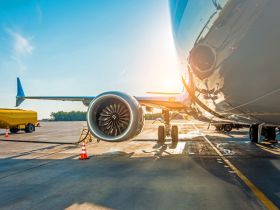Ryanair limits jet fuel 2024 hedging at 50% as prices may ease - CEO
Quantum Commodity Intelligence - Ryanair will not buy any more jet fuel over the next year for delivery during its 2024 fiscal year to avoid the risk of buying too much too high in case jet fuel prices come off, the airline's CEO Michael O'Leary said during a call on Monday.
Europe's largest airline by number of flights has currently hedged 81% of its jet demand for the fiscal year 2023, which starts next April, at $67/bbl and 50% of its 2024 demand at $93/bbl.
"We want to stay where we are at around 50% fuel hedge for next year [2024], which avoids the risk of over-hedging if prices come down," O'Leary said during the company's 2022 H1 call held on Monday.
Spot jet fuel cargoes landed in Northwest Europe are currently trading at $1,143.75/mt ($144.78/bbl), with April 2024-March 2025 swaps trading at an average of $855.75/mt ($108.32/bbl), Quantum data showed.
It comes after Ryanair boosted its passenger target for this fiscal year to 168 million people, up from 166.5 million, as it continues to see strong booking demand despite recessionary fears and the ongoing cost-of-living crisis.
"Christmas looks very strong, next Easter, already next summer looks strong for bookings. What's unusual is this time I think we're going into a recession with full employment. People do seem to be spending and they're certainly travelling," O'Leary said in an interview with Bloomberg TV.
The airline booked €1.37 billion ($1.37bn) in profits for the six-month period to September, following a boost in its summer demand and after having hedged its jet fuel cost at low levels.
That compared to a €48 million loss during the April-September period in 2021.
Ryanair flew an average of 3,000 daily flights over the summer season, or 115% of its pre-Covid demand, while total flights across European airspace remained 13% below 2019 levels, Eurocontrol data showed.
The airline locked in 100% of the USD/EUR rate at 1.24 going out into financial year 2026 – which it uses to buy new aircraft – well above the current rates of near parity.


